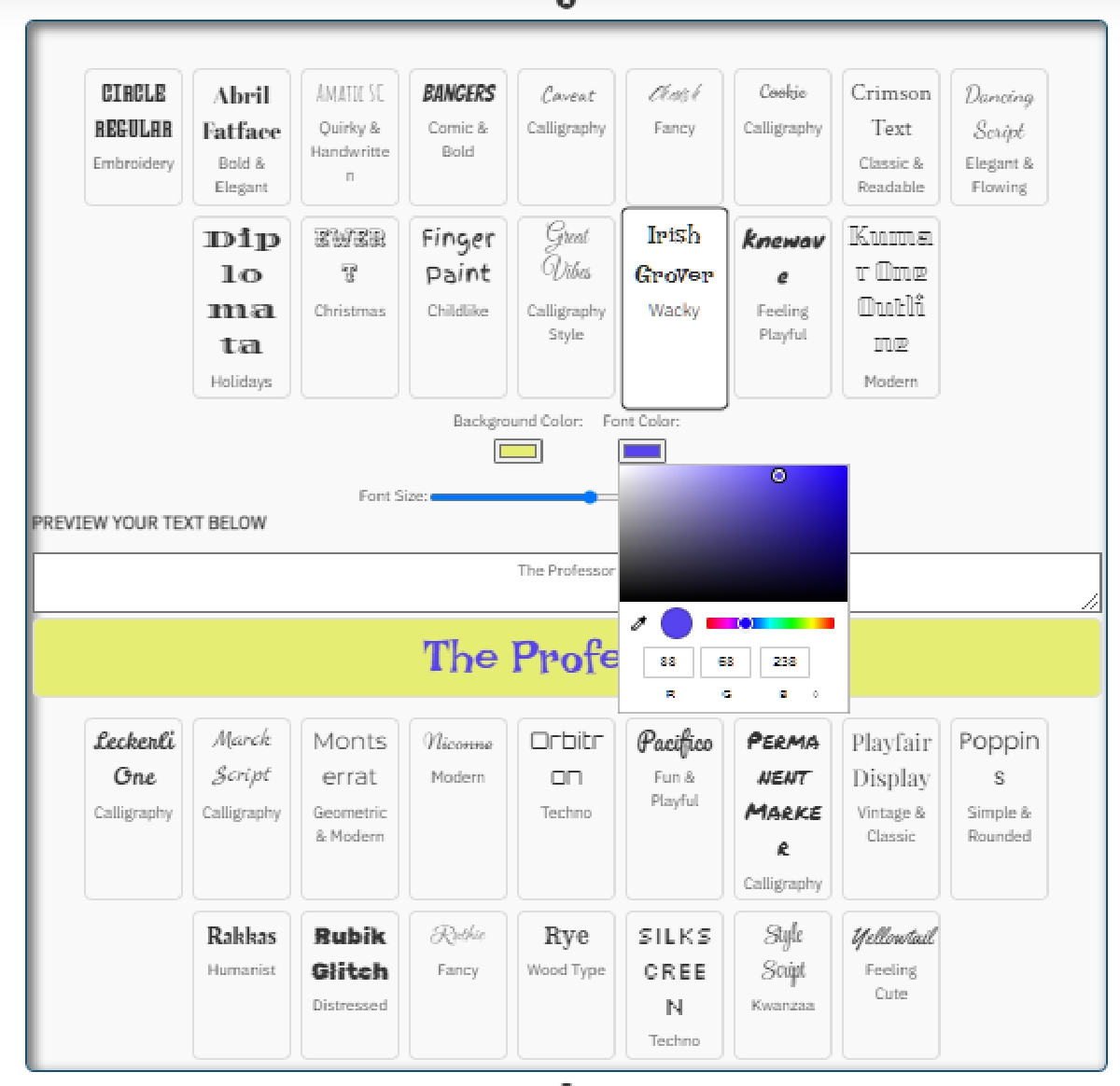15 Oct


Beyond Pretty: What Makes Small Business Websites Succeed

Image via Freepik
A good website doesn't just look polished - it listens. It speaks in rhythm with your customer's instincts, anticipates their clicks, and shrinks the distance between "I'm curious" and "I'm in." But most small business owners end up building static brochures in a world that now expects interactive storefronts, live authority, and invisible trust signals. The good news? You don't need an agency or a rebrand. You need smarter micro-decisions - especially the ones most owners skip. Here's where to start.Build From a Purpose, Not a Template
Before you write a word or choose a font, pause. Ask yourself this: What do you want someone to do the moment they land? Too many sites are built on vibes, not purpose. And it shows. Every design choice becomes clearer when you've taken time to plan your website intentionally. This means defining your primary user flows - buy, book, call, join - and structuring content around those pathways. The call-to-action shouldn't be buried at the bottom of your homepage; it should greet people within the first scroll. Remember, a website isn't a poster. It's a map. Design it like one.Clean Isn't Basic. It's Persuasive.
Clutter is conversion's enemy. That blinking carousel, the rainbow of mismatched fonts, the triple-stacked navigation menu - they're not doing what you think. Visitors decide within seconds whether they trust your brand, and it rarely comes down to how "busy" your site looks. Instead, aim for whitespace, bold headlines, and crisp contrast. Modern sites that convert well often feature just one focal image, one clear message, and one next step. That's not laziness. That's restraint. When in doubt, clear design wins. Let your message breathe.Security Is a Trust Signal
Let's be blunt: if your site goes down or gets hijacked, design doesn't matter. A rising number of cyberattacks target small businesses because attackers assume - often correctly - that your defenses are light. If you collect customer data, use online payments, or run email marketing, your website isn't just a page - it's an attack surface. Investing in cyber security isn't paranoia; it's protection. That might mean hiring a consultant, outsourcing audits, or training someone in-house. What matters is this: treat security as part of your brand's reliability. Because customers don't come back after breaches. And neither does trust.Visual Language Is Brand Language
Your colors matter. So do your photos, your icons, your typography. These aren't just "design elements" - they're memory triggers. Customers form impressions within milliseconds, and if your website's visuals aren't aligned with who you are, you'll lose coherence. Worse, you'll lose recall. That's why every single visual on your site should pass the identity test: does it reinforce what you want to be remembered for? There's strong evidence that when you use visuals that reinforce your brand identity, trust and credibility increase - not just aesthetically, but neurologically. People remember what feels unified.Show the Humans Behind the Business
People do business with people, not websites. So if your About page still reads like a corporate press release or, worse, features stock photos, you're missing one of the easiest ways to build trust. Real photos of your team - not just posed headshots, but moments that feel authentic - invite connection. They shorten the psychological distance between visitor and brand. And this isn't about vanity. It's about legitimacy. When you make your team the face of your site, customers read you as credible, reachable, and human. All three are more persuasive than perfect design.Visual Impact Should Unfold Like a Story
Not everything needs to jump off the screen on day one. In fact, websites that hold attention often do so with layers - pacing their visual reveals like a good story. This doesn't mean adding animations or parallax effects. It means building a layout that knows when to show restraint and when to lean in. You might use bold visuals only on scroll-triggered sections. Or shift color palettes slightly between service blocks to cue movement. These are micro-tactics, yes - but they matter. They help you build elusive visual rhythm over time, which keeps users curious and scrolling.Visibility Starts With the Right Signals
Most small business websites look okay but go unseen. That's not a design flaw - it's a search problem. If Google can't make sense of your site, your audience won't find you. And the fix isn't stuffing keywords into your homepage footer. It's smarter than that. Focus on your actual service offerings. Use language your customers use - not what your industry calls it. Make sure your page titles, meta descriptions, and alt text describe what you do, where you do it, and who you serve. The fastest wins? Add structured service pages and locally tuned content. That's how you target smart keywords and boost local visibility. It's quiet work. But it's powerful.Your website is often the first handshake - but it's also the storefront, the elevator pitch, and the trust contract. Getting it right doesn't require bells and whistles. It requires clarity, intention, and a few choices that many small businesses overlook. Strip away the noise. Lead with rhythm. Show your face. Stay searchable. Stay safe. Do these well, and your website won't just "exist." It'll work.
Elevate
your online presence with PrintingREADY, your ultimate partner for domain registration,
hosting, and ecommerce solutions-start building your digital empire today!
Author: Becky Frost
Email: becky.frost@single-saving.com
Date Published: 15th Oct. 2025

 29 years of #TheProfessor
29 years of #TheProfessor

 12% rewards for affiliate members
12% rewards for affiliate members
Leave a Comment